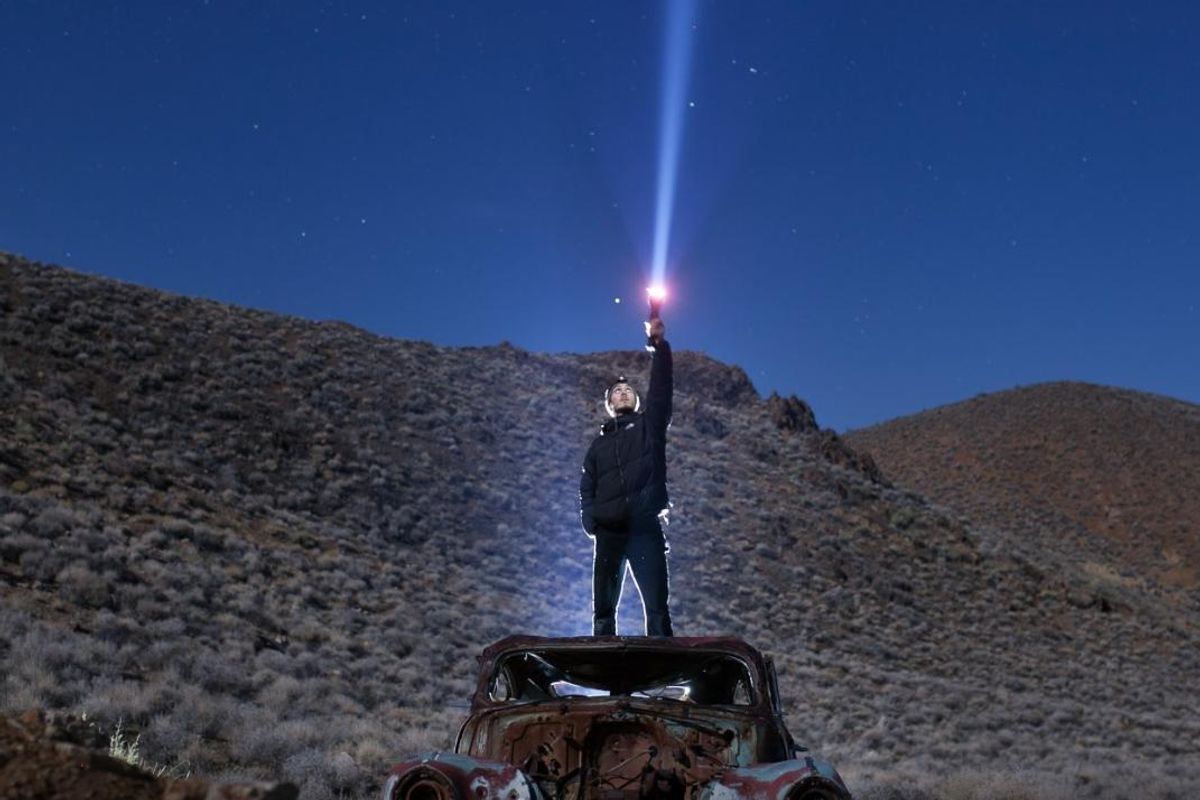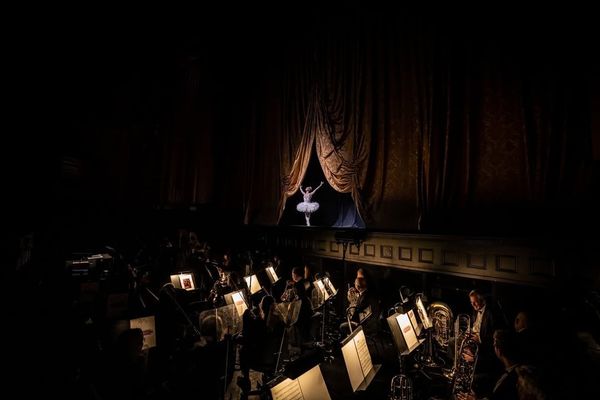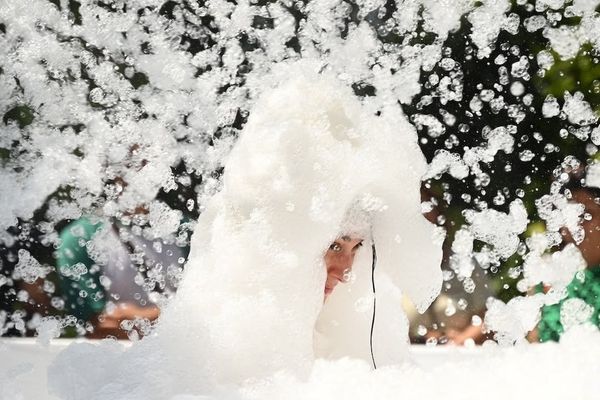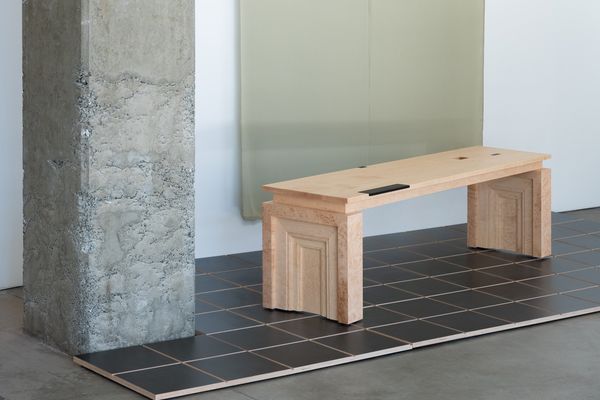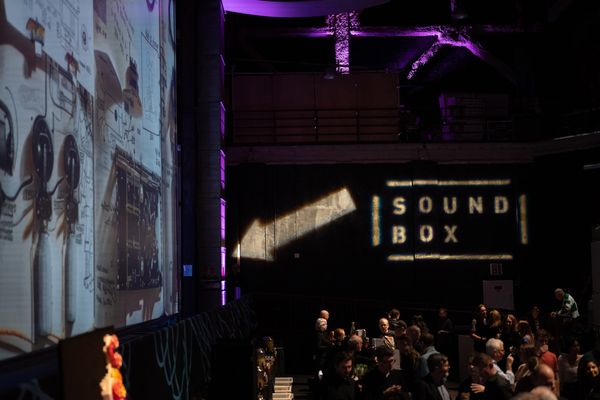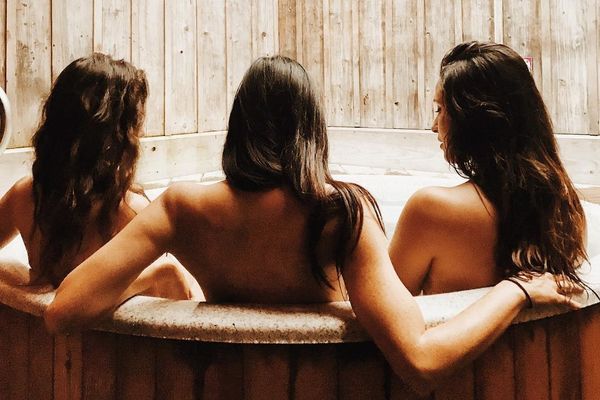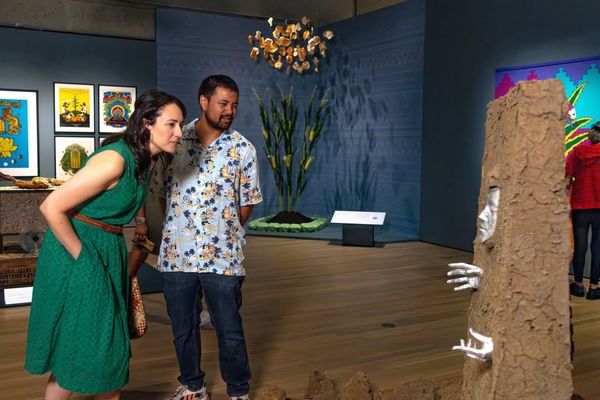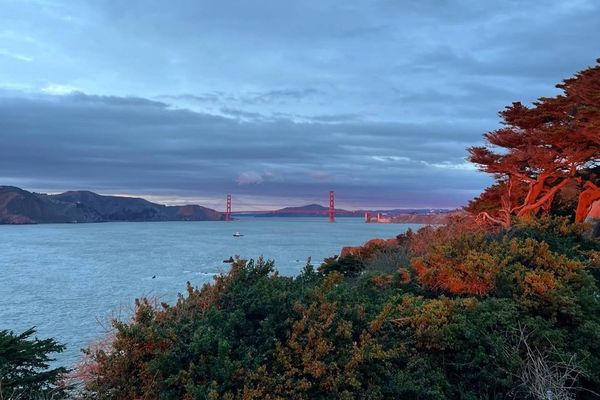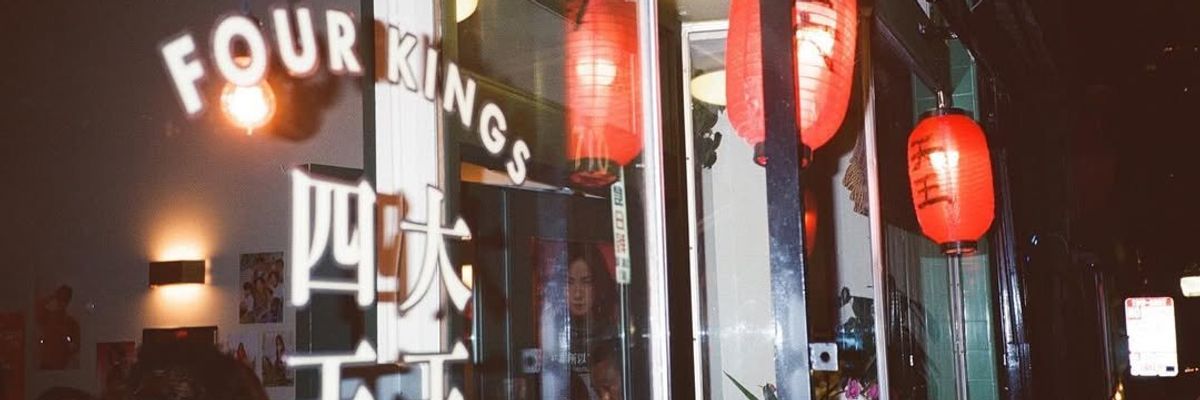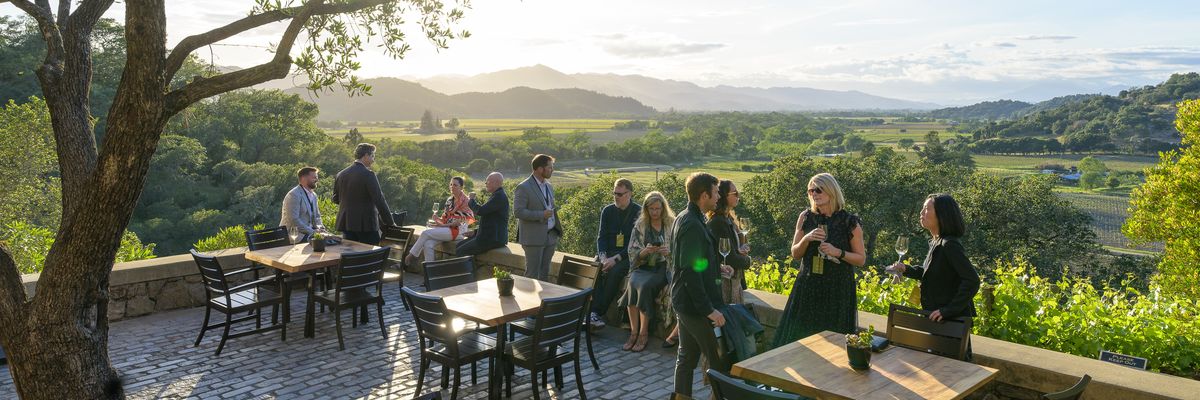The landscape of Southern California is as diverse as Los Angeles: Surfs and slopes are separated by a morning commute, and national parks and preserves dot the backcountry. While we have our fingers crossed for a hasty end to the drought, we can't help but appreciate the blue skies and sunshine for what they aren't: seven months of rain or snow. Winter in Southern California is a better time than ever to get outside.
1. Winter on Wings
One of two winter migrations across the Southern California border begins in December. Thousands of monarch butterflies take flight in the winter months as they travel through SoCal on their way to winter grounds in Mexico. Such delicate flyers have to land sometime, and when they do, it's en masse in groves and state beaches, some with docents and walking trails. How convenient!
- The Coronado Butterfly Preserve and Goleta Butterfly Grove near Santa Barbara Shores County Park
- The Pismo Beach Monarch Butterfly Grove near Santa Maria
- San Clemente State Beach
- Natural Bridges State Beach
2. Winter on Water
The second of the winter migrations belong to the gray whales, who chart their own course along the Southern California coast to mate and give birth. Watching them is best on a whale watching tour, but you can see them from the shore, too. Bring binoculars!
- Cabrillo National Monument on Point Loma Peninsula
- La Jolla Shores
- El Capitan State Beach
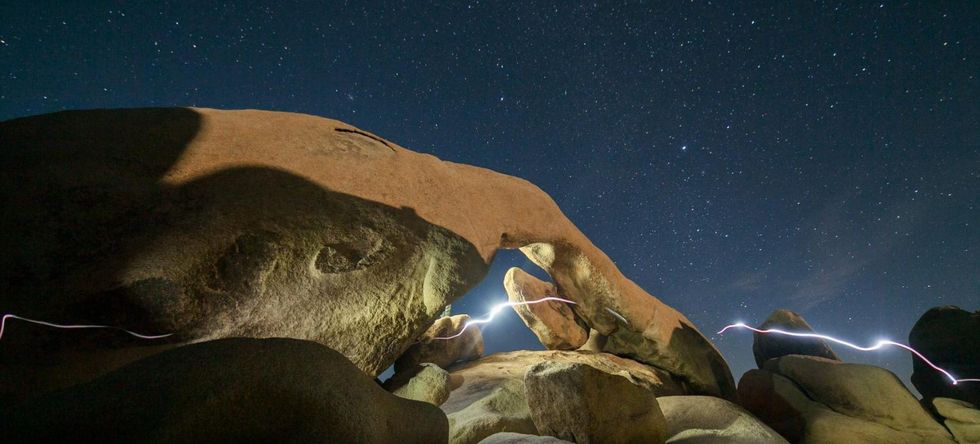
3. The Stars Come Out
Winter is awards season in Southern California, and you can expect to see some of the biggest stars: Canopus, Rigel Kentaurus, Arcturus. Los Angeles isn't exactly an International Dark Sky park, but if you cross the San Gabriel Mountains to Devil's Punch Bowl Natural Area, you'll find hosted moonlight hikes and telescope programs. The nearby campgrounds are great for night-sky surveys.
Near Devil's Punchbowl:
4. Tether to Heaven
Winter temperatures in Joshua Tree hover in the 60s, making it one of the best places in Southern California to climb rocks.
Looking over Leucadia State Beach/Beacon'sPhoto by Aron Bosworth
5. Fall Out of a Boat
You couldn't find southwest swells on a winter SoCal day, so here's our pitch: Catch the waves coming from the northwest. Winter brings the largest and most consistent surf of the year, and the beaches they break on will be free from summer hordes.
South Bay of L.A.
San Diego
6. An Island Escape
The Channel Islands are a layover for the migrating Pacific gray whales, and the islands offer an experience all their own. Unique animal species can be found here along with camping that is entirely off the beaten path. Winter can bring fog and rain to the islands, so gear-up accordingly.
7. Sanity in Death Valley
Winter brings the occasional rain to Death Valley, and with it the possibility of a spectacular wildflower bloom. Death Valley is a designated International Dark Sky spot, making it one of the clearest places in the West to see the Milky Way span across the night sky.
- Mosaic Canyon Trail
- Aguereberry Camp (the mine is closed during winter months)
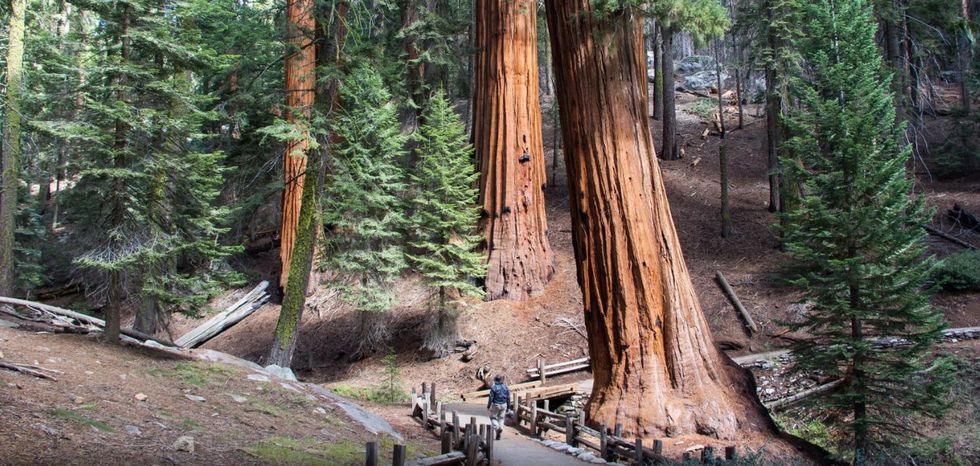
8. Serenity in the Sierras
Parts of Kings Canyon National Park and Sequoia National Park close for the winter, but that just opens up more trails for cross-country skiing.
9. The Smoke Clears
One of the best times to hike in Southern California is right after a winter rain. The rain clears out the haze, replenishes streams, and coaxes the fragrant aromas of the plant life. Hike one of the classic SoCal trails that wind through canyons to waterfalls.
- Sandstone Peak above Leo Carrillo State Beach
- Runyon Canyon has many options close by
- Switzer Falls
- Cooper Canyon Falls
- Bridge to Nowhere
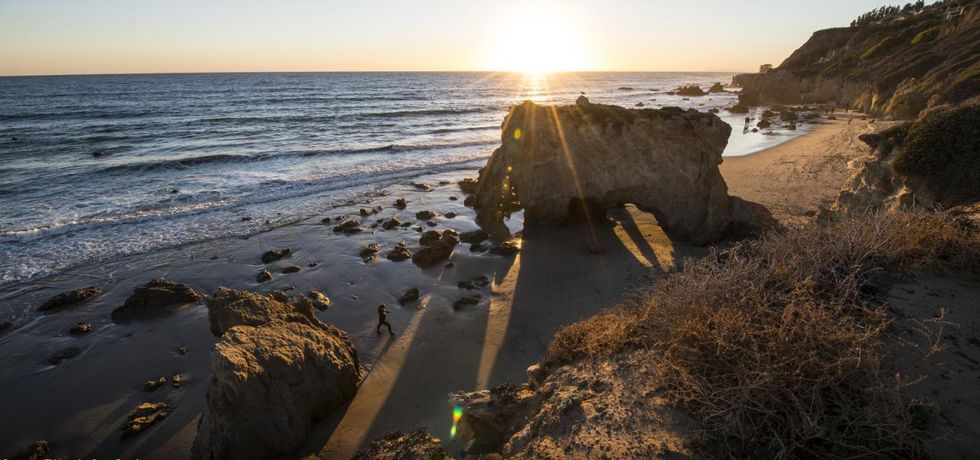
10. Beaches in a Bind
No matter where you turn in SoCal, there's a beautiful beach. The crowds that cluster along the Pacific Coast dissipate in the winter, so it's a great time to take command of the sandy shores.



